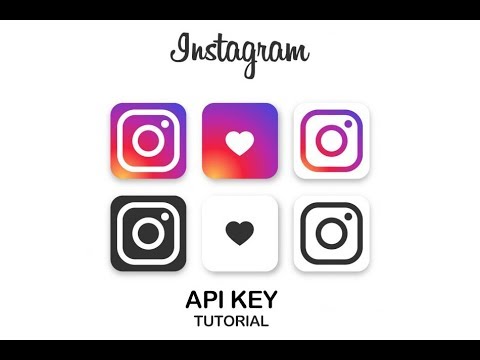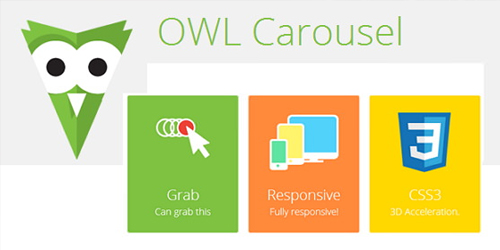Do you want to appeal to a worldwide audience? WordPress is a great platform for publishing multilingual content. So, how can you easily integrate interlingual switching into your site?
Advantages of Having a Multilingual Site
Having a multilingual site is the best way to expand your visitor base. It is one of the effective ways. Providing service to a non-English speaking user in their own language allows you to establish a stronger bond with them. Additionally, multilingual sites can get better rankings in search engines in different countries with local SEO strategies.
Which Method Should You Choose?
There are a few different ways to create multilingual content in WordPress. While a basic solution may be sufficient for a simple blog, a more complex structure is required for a large e-commerce site. Here are some of the most preferred methods:
Manual Translation
This method, in which each post and page is written separately for each language, is low-cost but takes a lot of time. is the buyer. For a more professional look, it may be a better option to turn to plugins that provide multi-language support.
Multilingual Support with Professional Plugins
WordPress is specially designed for multi-language support. It offers many plugins designed as Among them WPML (WordPress Multilingual Plugin) and Polylang stands out.

WPML or Polylang? A Comparative Overview
WPML is a great option for those who want a professional multilingual solution. This plugin, which stands out with its numerous features and e-commerce support, offers a fast and effective way to internationalize your site. However, since it is a paid option, it is important to consider your budget.
Polylang, on the other hand, offers a simpler structure and is free with basic features. Ideal for small-scale projects, this plugin is appreciated for its simplicity and performance.
Language Switching Menu and User Experience
< p>Inviting your visitors to easily switch between languages is an important part of a multilingual site. Visual tools such as language flags, drop-down menus or buttons can enrich the user experience.
Simplicity and accessibility should be at the forefront when designing the language switching menu. Most plugins provide this menu automatically. However, you can customize it to suit the theme of your site.

Making a Multilingual Site SEO Friendly Bring
If you have a multilingual site, you need to do separate SEO work in each language. WPML offers language-based SEO support, and Polylang is also very successful in this regard.
You can create a more optimized structure for search engines by using different meta descriptions and URL structures per language. Using Google's "hreflang" tags correctly can also strengthen your international rankings.
First Step for Global Success
Creating a multilingual site with WordPress allows you to An important step towards creating a brand. Tools such as WPML or Polylang make this process easier and give it a professional look. Whichever method you choose, you can build a stronger bond with your target audience by offering content in their native language.
Remember, good language support is not limited to text translation only. Elements such as design, user experience and SEO also constitute the key to your global success.




